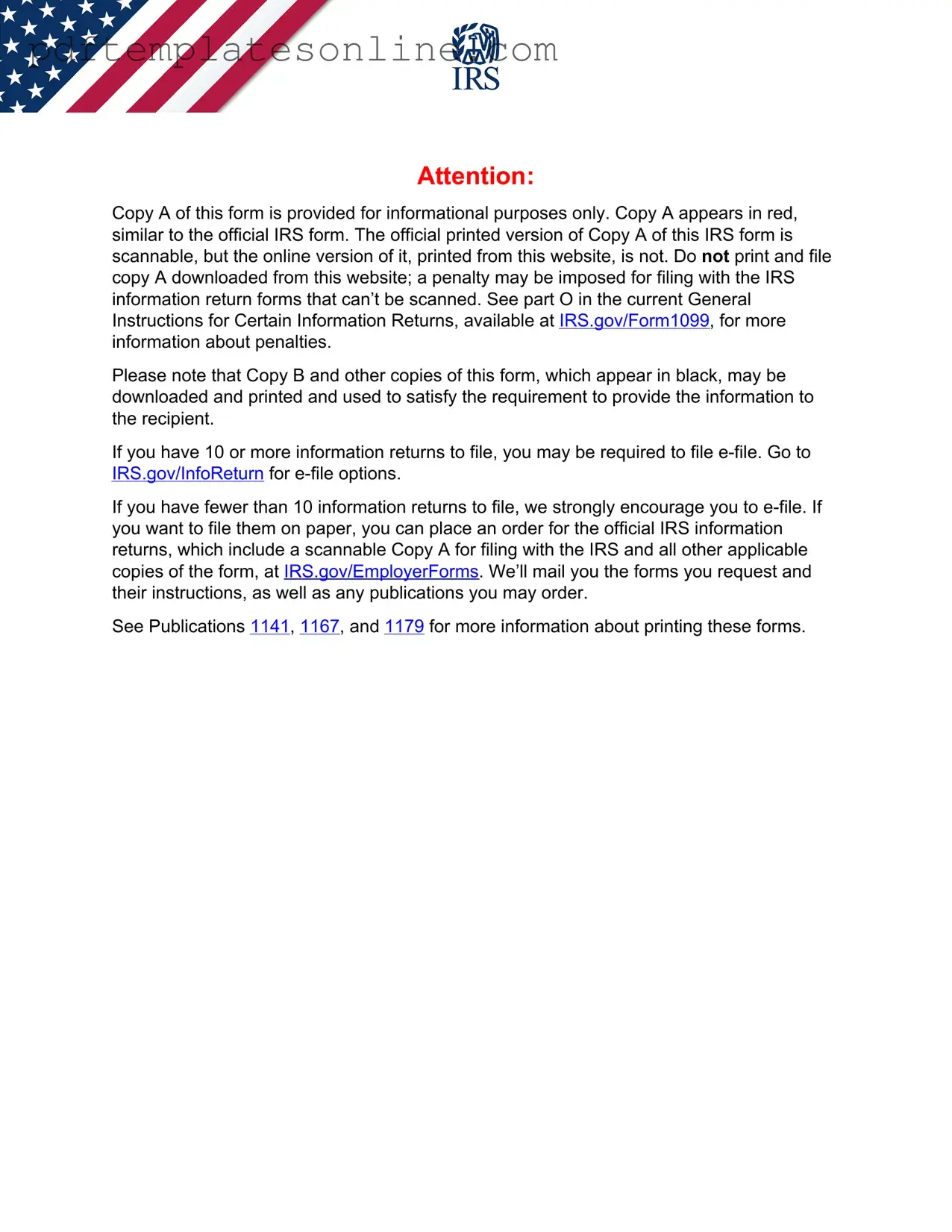Filling out the IRS 1099-MISC form can be a straightforward process, but many people make common mistakes that can lead to complications. One frequent error is incorrect taxpayer identification numbers (TINs). Each recipient of a 1099-MISC must have a valid TIN, which could be a Social Security number or an Employer Identification Number. If this number is incorrect or missing, it can delay processing and lead to penalties.
Another mistake often made is misclassifying the type of payment. The 1099-MISC is used for various payments, including rent, royalties, and non-employee compensation. Failing to categorize the payment correctly can result in inaccurate reporting and potential tax issues. For example, payments to independent contractors should be reported on a different form, the 1099-NEC, starting in the tax year 2020.
Many people overlook the importance of reporting the correct amount. If the amount reported on the 1099-MISC does not match the actual payment made, it can raise red flags with the IRS. This discrepancy may lead to audits or additional scrutiny. Always double-check the figures before submitting the form.
Another common oversight is not providing a copy of the 1099-MISC to the recipient. The IRS requires that a copy be sent to the individual or business that received the payment. Failing to do so can result in the recipient being unaware of their tax obligations, which can lead to further complications down the line.
Lastly, some individuals neglect to file the form on time. The IRS has strict deadlines for submitting the 1099-MISC. Missing these deadlines can result in penalties. It's crucial to keep track of these dates and ensure that all forms are submitted promptly to avoid unnecessary fines.
